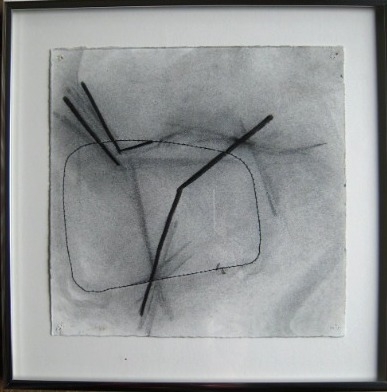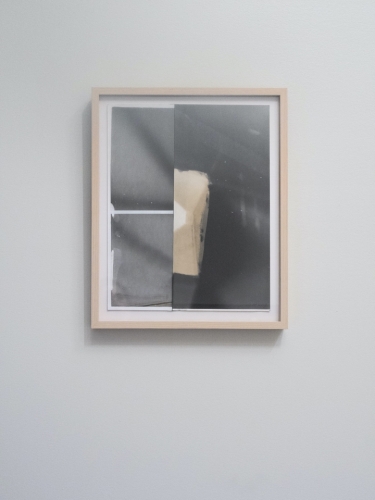As restaurants close down and we spend more time than ever at home, many families are choosing to hire private chefs, either on a permanent or seasonal basis, to make meal time a little more special. Whether you’re planning a cold weather staycation or are looking for restaurant quality meals daily in your own home, we can assist. We have chefs across the U.S. and internationally and many are ready and willing to relocate. We still have a limited number of chefs with holiday availability; contact us today to hire the chef that’s right for you.
What is a Private Chef?
A personal or private chef is hired on either a part or full-time basis by a family or single person. According to the American Personal & Private Chef Association,
“A private chef is employed by one individual or family full time, and often lives in, preparing up to three meals per day. A personal chef serves several clients, usually one per day.”
A private chef will hold a degree from a reputable culinary school and will typically have a minimum of four years experience in a domestic setting. Their main responsibility is to prepare meals for an individual or family. They may live-in with the family to provide on-call service or plan weekly meals according to a set schedule. A common schedule for a private chef is to work mid-morning to evening in the home preparing lunch, dinner and breakfast for the next day. They will also be essential in planning any events in the home.







